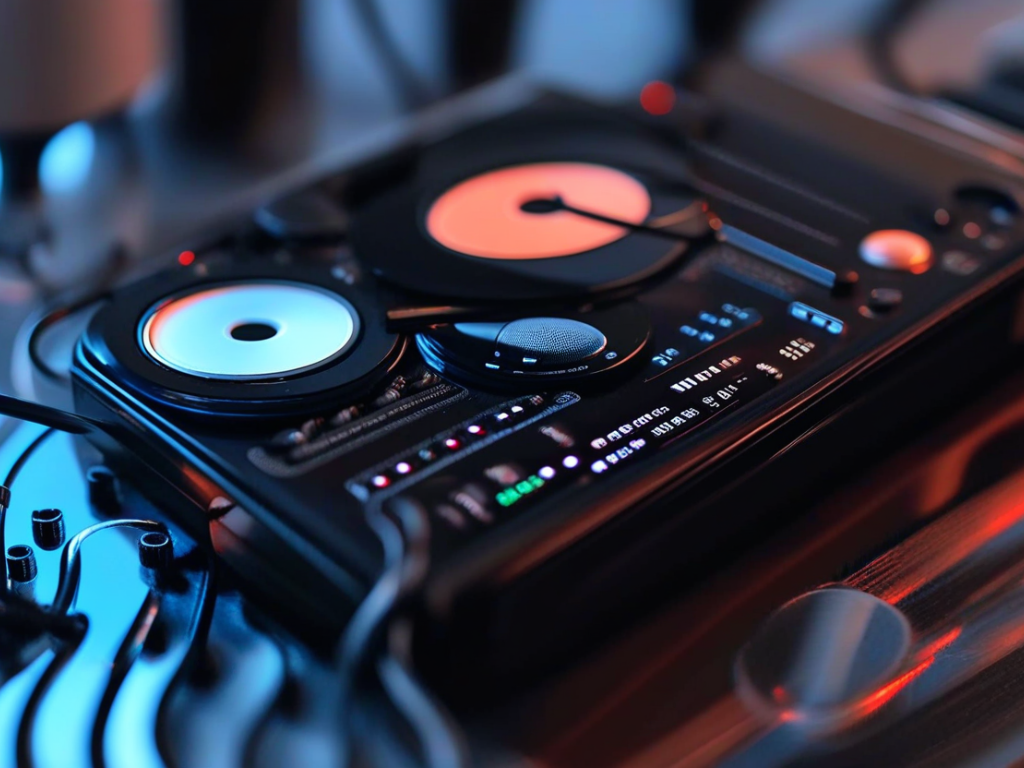Have you ever wondered what goes on inside a music player that allows you to enjoy your favorite tunes with crystal-clear sound quality? The technology behind music players is a fascinating blend of hardware and software working seamlessly together to deliver an immersive audio experience. Let’s take a deep dive into the inner workings of a music player to uncover the magic that brings your music to life.
In this article you will find:
- Components of a Music Player
- Digital Audio Formats and Codecs
- Audio Processing and Equalization
- User Interface and Connectivity
- High-Resolution Audio Support
- Conclusion
Components of a Music Player
At the heart of every music player are key components that work in unison to decode, process, and output audio signals. These components include a digital-to-analog converter (DAC), amplifier, processor, memory, and storage. The DAC is responsible for converting digital audio files into analog signals that can be amplified and played through speakers or headphones. The amplifier boosts the signal to drive the headphones or speakers, while the processor handles tasks like user interface operations and audio effects. Memory stores temporary data, and storage holds your music library.
Digital Audio Formats and Codecs
Music players support various digital audio formats like MP3, AAC, FLAC, WAV, and more. Each format uses a specific codec to compress and decompress audio data. For example, MP3 uses the MPEG Audio Layer III codec to reduce file size without compromising audio quality, making it ideal for streaming and portability. On the other hand, FLAC (Free Lossless Audio Codec) maintains the original audio quality while offering compression for audiophiles who value fidelity.

Audio Processing and Equalization
Advanced music players come equipped with digital signal processing (DSP) capabilities that enhance audio quality through equalization, soundstage adjustments, and noise reduction. Equalization allows users to customize the sound by adjusting frequencies to suit personal preferences or the genre of music being played. Soundstage adjustments create a sense of space and depth in the audio, mimicking a live concert or studio setting.
User Interface and Connectivity
User interface design plays a crucial role in the overall user experience of a music player. Touchscreens, buttons, and rotary dials provide intuitive navigation through music libraries, settings, and playback controls. Connectivity options like Bluetooth, Wi-Fi, USB, and headphone jacks enable users to transfer music, stream wirelessly, or connect to external audio devices for a versatile listening experience.
High-Resolution Audio Support
With the rise of high-resolution audio formats like DSD (Direct Stream Digital) and MQA (Master Quality Authenticated), modern music players cater to audiophiles seeking studio-quality sound reproduction. High-resolution audio files contain more detailed audio information and require specialized hardware and software to decode and play back accurately, delivering an unparalleled listening experience.
Conclusion
Exploring the inner workings of a music player reveals the intricate technology and innovation that shape our listening experiences. From DACs and amplifiers to codecs and DSP, every component plays a vital role in delivering rich, immersive sound. As music players continue to evolve with advanced features and compatibility, the future of audio technology holds endless possibilities for music enthusiasts worldwide.

